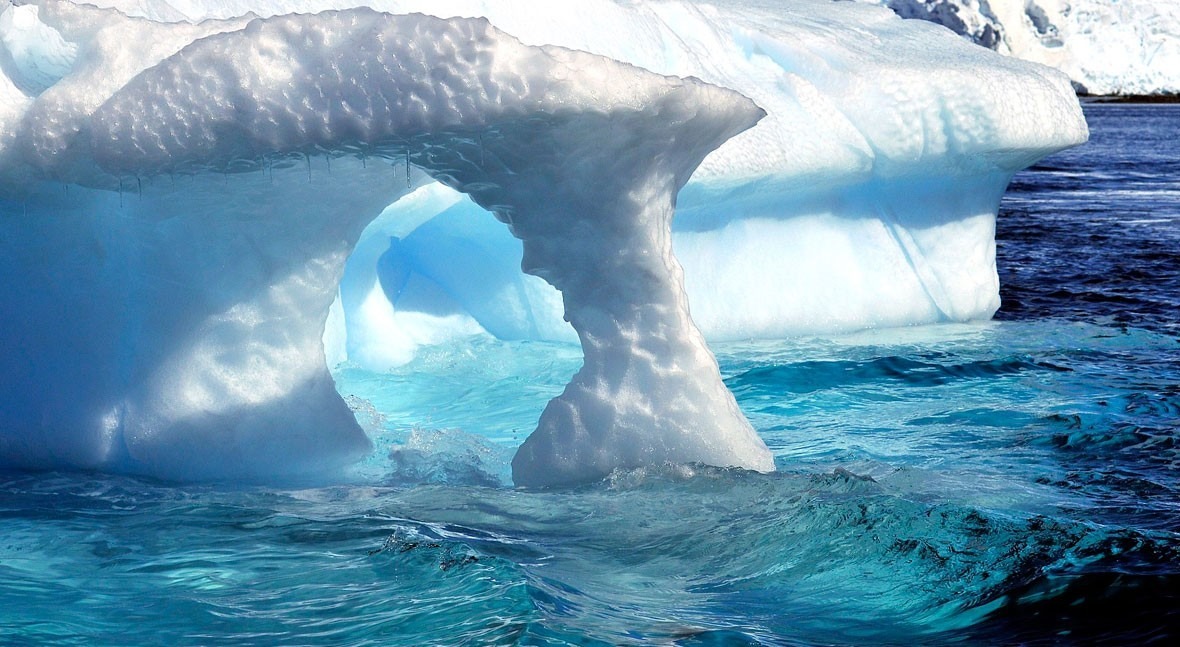Towing an iceberg to quench South Africa's thirst: crazy or brilliant?
South Africa has been facing a difficult situation concerning water resources for a while now. In 2018, Cape Town was close to ‘closing the taps’ due to a severe drought that threatened the city in the first half of the year, almost becoming the first city in the world to run out of water.
Even though 'Day Zero' where 4 million people would have had to line up to receive their daily drinking water allowance was postponed, finding a solution to extreme situations such as the one experienced in April of last year is imperative.
To address the issue, a team of engineers, glaciologists and finance experts have proposed the Southern Ice project, which studies the possibility of 'kidnapping' an Antarctic iceberg and towing it to the coast of South Africa. The water obtained from its melting could provide drinking water to 4 million people.
The Southern Ice project studies the possibility of 'kidnapping' an Antarctic iceberg and towing it to the coast of South Africa
The incredible initiative is based on an idea by Nicholas Sloane, a South African expert in marine salvage, that proposes a 'desperate plan for an extreme situation': transporting an ice mass that ideally should be 1,000 metres long by 500 metres wide and 250 metres deep that weighs 125 million tonnes 2,000 kilometres. 'It would cover approximately 20% of the water needs of Cape Town for a year', according to the mind behind the initiative. To locate the iceberg, sonar and radar technology would be used, in order to reveal any potential structural problems that would make transporting the iceberg unfeasible. Two tugboats worth 25 million euros would tow the iceberg. Upon reaching land, the iceberg would be covered with a special thermal cover to protect it from external elements that could shorten its useful life. After that, ice blocks would be cut and stored.
Drawbacks
First, the cost of the project is estimated to be 200 million dollars. A large portion of that would be financed by two South African banks and Water Vision AG, a Swiss water technology and infrastructure company.
On the other hand, the solution provides short term relief, but does not address the problem in the long term. In addition, it is not an immediate solution: it takes 90 days just to complete the sea voyage. As well, the iceberg would lose some of its volume during transport (estimated at up to 8%) due to erosion by ocean currents, or it could even break.
Desalination may be a more feasible alternative, although for now South Africans will be able to try water from an iceberg.














